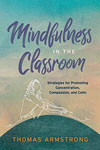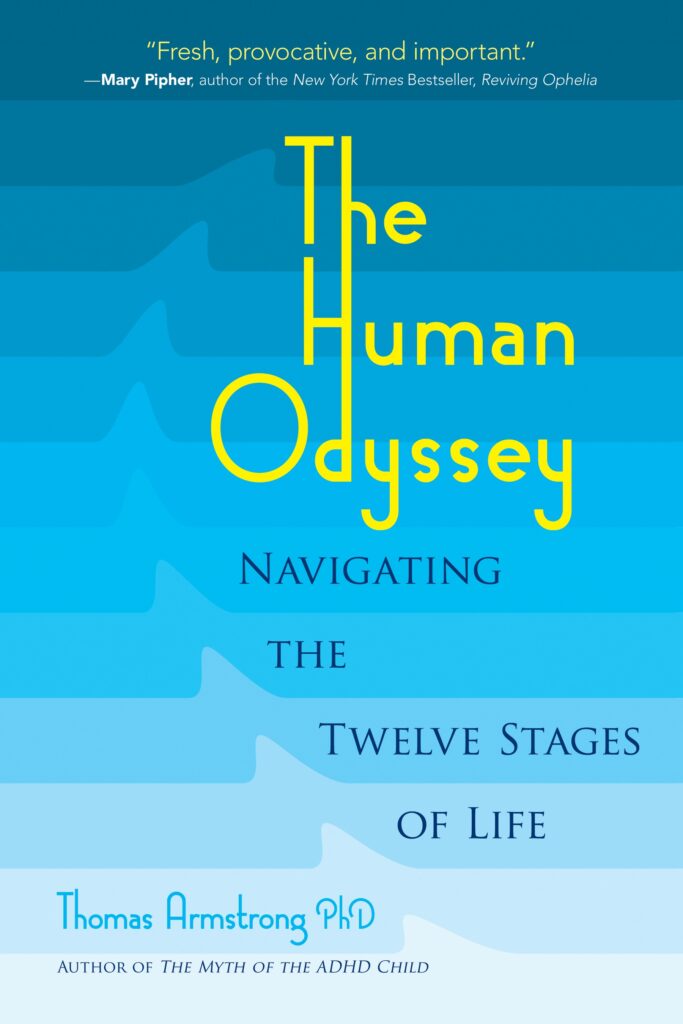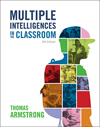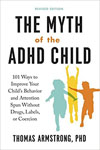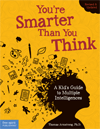 In this video–which is part two of a ten module course I taught called Introduction to Neurodiversity for the Bridges Graduate School of Cognitive Diversity in Education— I discuss individuals and theories in psychology, education, and business that support a strength-based approach to helping individuals who are neurodivergent (including those diagnosed with ADHD, dyslexia, autism, intellectual disabilities, and social and emotional disorders).
In this video–which is part two of a ten module course I taught called Introduction to Neurodiversity for the Bridges Graduate School of Cognitive Diversity in Education— I discuss individuals and theories in psychology, education, and business that support a strength-based approach to helping individuals who are neurodivergent (including those diagnosed with ADHD, dyslexia, autism, intellectual disabilities, and social and emotional disorders).
The people discussed in the video include humanistic psychologists like Carl Rogers and Abraham Maslow, progressive educators like Maria Montessori and John Dewey, and positive psychologists like Martin Seligman and Mihaly Csikszentmihalyi.
Typically, the field of special education doesn’t even mention these thinkers in their writings and research let alone act upon their recommendations, which only underlines the point I’ve tried to make for the past thirty years that special education has operated primarily through a deficit-based and not a strength-based paradigm (see my post and video on deficit-based thinking in special education over the past 100 years). The strength-based figures discussed in this video provide a lens through which to envision the potential future direction of special education as it hopefully will over time focus less on deficit, dysfunction, and disability and more on neurodiversity, assets, and human potential.
For more information about neurodiversity, see my books The Power of Neurodiversity: Unleashing the Advantages of Your Differently Wired Brain, and Neurodiversity in the Classroom: Strength-Based Strategies to Help Students with Special Needs Succeed in School and Life.
This page was brought to you by Thomas Armstrong, Ph.D. and www.institute4learning.com.
Follow me on Twitter: @Dr_Armstrong







